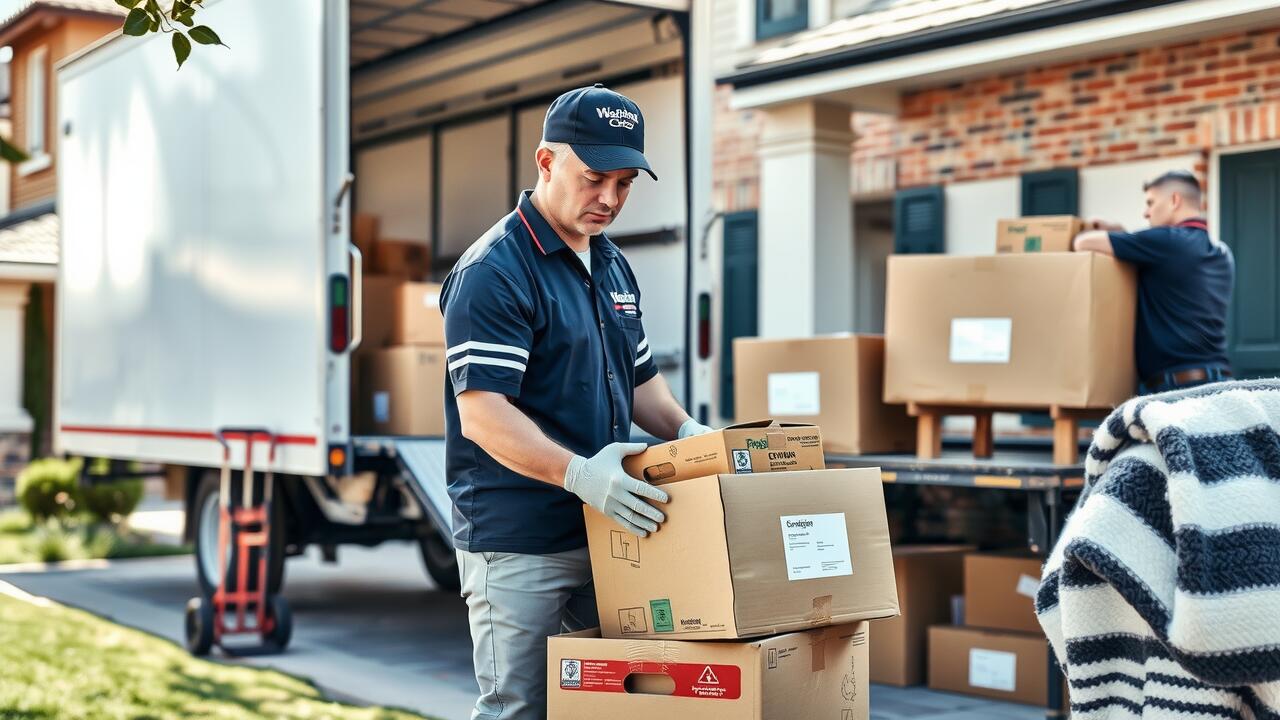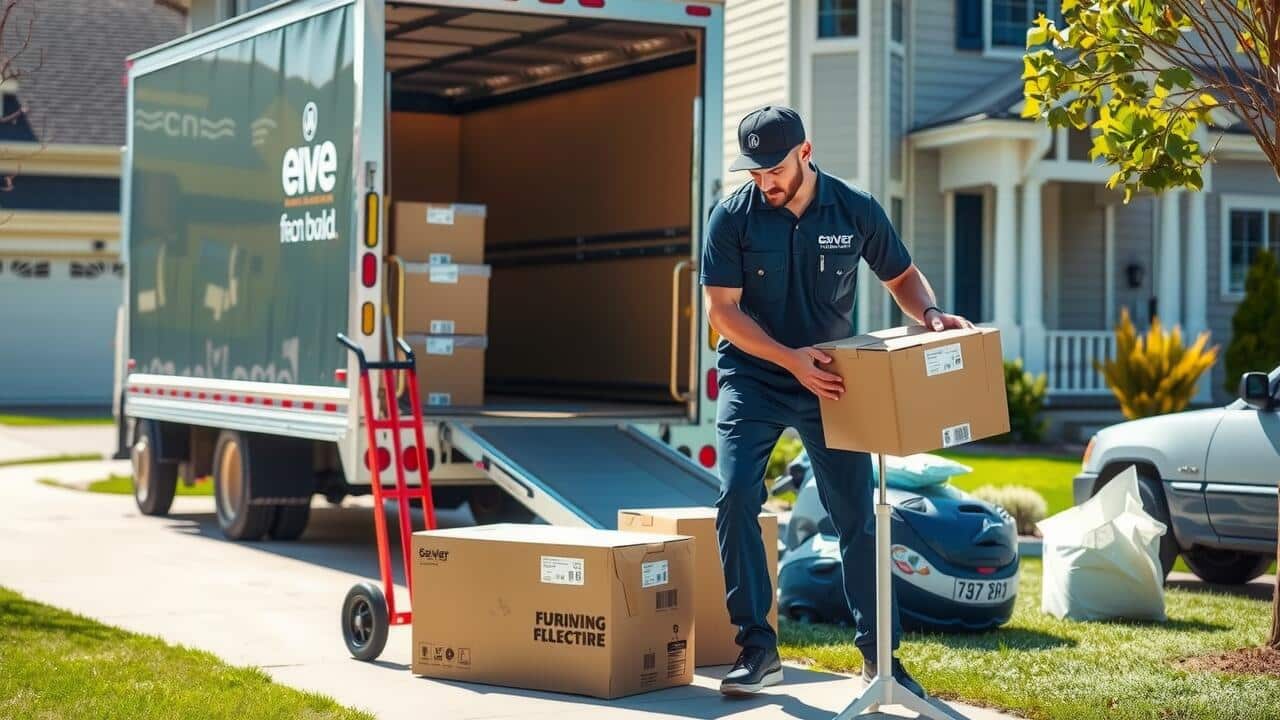
Table Of Contents
Packing Strategies for a Smooth Transition
Effective packing strategies are essential for ensuring a smooth transition during commercial moving in Vermont, United States. Begin by assessing your office layout and inventory. Prioritize items based on usage and importance. Essential equipment and frequently used supplies should be packed last, while lesser-used items can be packed first. Utilize color-coded labels and a detailed inventory list to simplify the unpacking process. This method will allow teams to quickly identify boxes and locate necessary items once they arrive at the new location.
Using appropriate materials is just as critical to protecting your assets. Invest in sturdy boxes and packing materials that can accommodate the weight and fragility of your items. Bubble wrap and packing peanuts can safeguard delicate equipment. For larger furniture or technology, consider disassembling items to save space and reduce the risk of damage. Wrapping furniture in moving blankets can further prevent scratches and dents. By taking the time to prepare and pack thoughtfully, businesses can facilitate a quicker and more efficient transition during commercial moving in Vermont, United States.
Using Appropriate Materials and Labels
Selecting the right packing materials is essential for protecting assets during commercial moving in Vermont, United States. Use sturdy boxes designed for moving to ensure that your items remain secure. Consider using bubble wrap, foam peanuts, or packing paper for fragile equipment and supplies. Invest in high-quality packing tape to keep boxes closed and prevent any accidental openings. Always choose materials that match the weight and fragility of your items to avoid damage.
Labeling each box clearly can streamline the unpacking process significantly. Include not only the contents but also the designated room or department for each box. Color-coding labels can provide visual cues, allowing for faster identification. Ensure that the labels are weather-resistant, especially if part of the move occurs outdoors. Effective labeling practices can enhance organization and efficiency during your commercial moving in Vermont, United States.
Handling Equipment and Technology
Handling equipment and technology during a commercial move is crucial for maintaining productivity and ensuring a swift transition. Proper planning should include assessing the specific needs of your equipment, such as computers, printers, and specialized machines. It’s important to create an inventory of all technological assets and identify any that require special care. Engaging professionals experienced in commercial moving in Vermont, United States, can help facilitate the logistics of disassembling and transporting these items safely.
Data security is another critical aspect that cannot be overlooked. Before the move, it’s essential to back up all important information and consider the potential risks of transporting sensitive data. Ensuring that your IT team is involved in the process can help set up a secure environment for the transfer. This team can also assist in reconfiguring systems at the new location, guaranteeing that your technology is operational as soon as possible. Proper handling not only minimizes disruption but also protects against costly data breaches.
Ensuring IT Setup and Data Security
Ensuring a seamless IT setup during a commercial move requires meticulous planning. Begin by evaluating all technology assets, including servers, computers, and communication devices. Create a detailed inventory and outline the necessary steps for reconnecting each component at the new location. Pay attention to your network infrastructure; this includes routers, switches, and any hardware that supports your business operations.
Data security is paramount during the transition. Back up all important data and verify that backups are securely stored and easily accessible. Implement a clear protocol for handling sensitive information to prevent any breaches during the move. For businesses engaging in commercial moving in Vermont, United States, involving IT professionals early in the planning phase ensures that any potential issues are addressed before they arise.
Managing Logistics on Moving Day
On moving day, effective coordination is essential for a successful transition during commercial moving in Vermont, United States. It is crucial to ensure all team members are aware of their roles and responsibilities. A detailed schedule can help keep everyone on track. Designating a point person to oversee the move will streamline communication between the moving company and your team. Regular check-ins can assist in addressing any emerging issues promptly.
The logistical aspects of moving day include managing the arrival of the moving truck and directing the flow of traffic at both locations. This planning should factor in access to loading docks, parking arrangements, and elevator availability for larger items. Assigning roles to staff members can improve efficiency as they help guide movers to specific areas, ensuring that boxes and equipment are placed in their designated spots swiftly. Proper preparation will minimize downtime and enhance the overall effectiveness of the move.
Coordinating with Movers and Internal Teams
Effective coordination between your internal teams and professional movers can streamline the transition during commercial moving in Vermont, United States. Start by scheduling regular meetings leading up to your moving day. These meetings should cover responsibilities, timelines, and any potential obstacles. Ensure everyone involved understands their roles. Assign a point person from your internal team who will serve as the primary liaison with the moving company. This approach minimizes confusion and helps maintain open lines of communication.
On the day of the move, it’s crucial to have both internal staff and moving personnel working in sync. Create a detailed plan that outlines the sequence of tasks from loading to unloading. Provide movers with a layout of the new space to avoid unnecessary delays. Encourage team members to be available for answering questions and assisting with any last-minute issues that may arise. By fostering teamwork and maintaining clear communication, you can facilitate a smooth and efficient commercial relocation process.
FAQS
What are some effective packing strategies for a commercial move in Vermont?
Effective packing strategies include organizing items by department, using appropriate packing materials to protect fragile equipment, and labeling boxes clearly to ensure easy identification during unpacking.
How can I ensure that my equipment and technology are properly handled during the move?
To ensure proper handling of equipment and technology, it’s important to have a dedicated team for packing and unpacking, use padded materials for protection, and follow manufacturer guidelines for disassembling and reassembling equipment.
What should I consider when coordinating logistics on moving day?
When coordinating logistics on moving day, consider the timing of the move, ensure all team members are informed of their responsibilities, and make arrangements with the moving company for any special requirements or equipment needed.
How can I ensure data security during a commercial move?
To ensure data security during a commercial move, back up all important data before the move, securely package servers and other IT equipment, and work with your IT team to set up secure connections in the new location.
What are the benefits of labeling boxes during a commercial move?
Labeling boxes during a commercial move helps in organizing items, makes unpacking more efficient, and ensures that each item is placed in the correct location in the new office, minimizing confusion and downtime.
